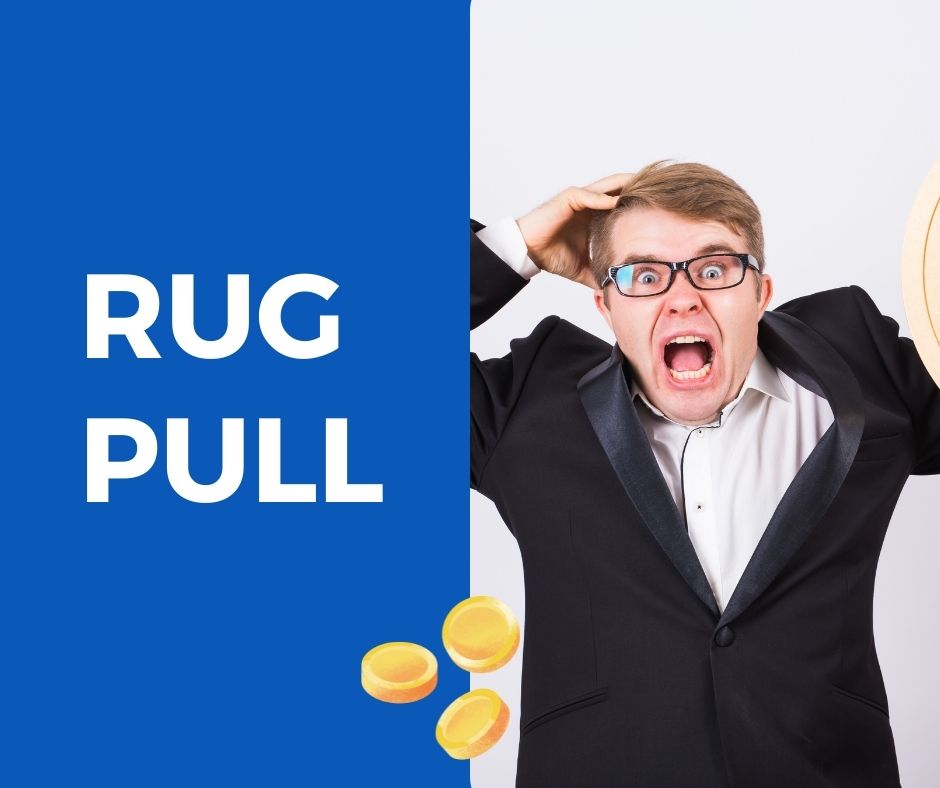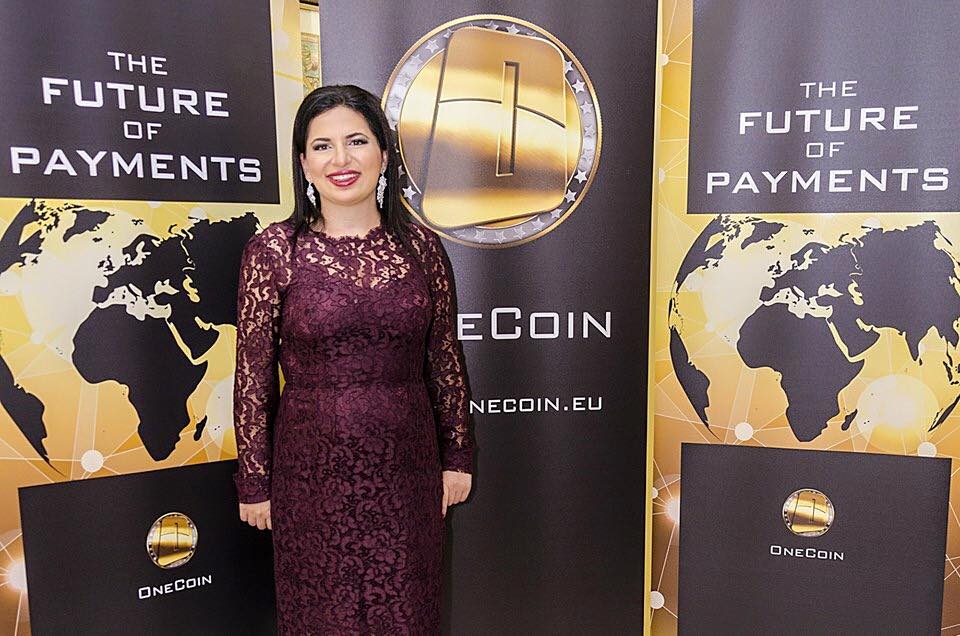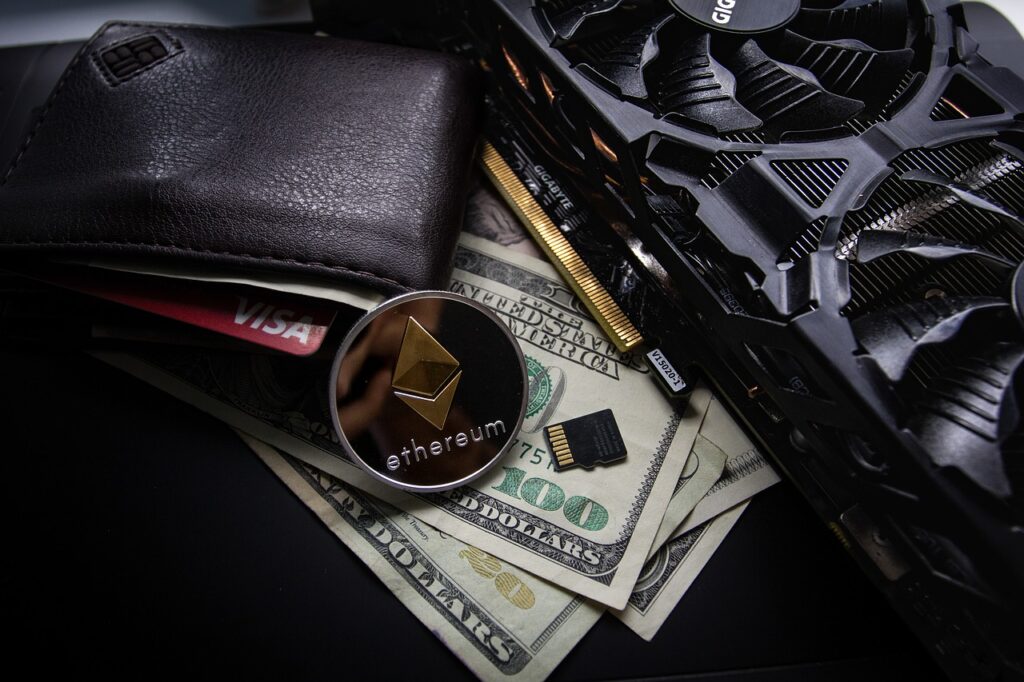Assume you’re standing on a rug when it’s suddenly pulled out from under you. Obviously, you’d fall to the ground and spill everything you’re holding. This is exactly what some people do in the crypto world.
The first large “rug pull” of 2022 occurred in the second week of the year. Through the sale of NFTs, Frosties project was able to raise $1.3 million from investors. Almost overnight, the value of a collection of 8,888 NFTs plummeted to practically zero. This is one of a growing number of crypto-related crimes reported throughout the world in the last year.
The problem has expanded so far that even Mark Cuban, a billionaire Shark Tank investor, was apparently “rugged” .
Rug pulls accounted for 37 percent of the $7.7 billion in overall illegal revenues from crypto crimes in 2021, according to Chainalysis. Rug pulls, on the other hand, accounted for less than 1% of the under $5 billion in overall unlawful earnings in 2020.
The majority of the funds were lost on the cryptocurrency exchange Thodex. In April 2021, the company’s founders vanished with almost $2 billion in client assets. AnubisDAO, a Dogecoin-inspired exchange, came in second with $58 million, followed by Uranium Finance, a Binance Smart Chain-based exchange, with $50 million.
Squid Game, a cryptocurrency based on the popular Netflix survival series, was one of the most notable and memorable rugpulls. In a matter of minutes, millions of dollars vanished. Squid embarked on a roller-coaster ride. According to CoinMarketCap, the token’s value increased from $628.33 to $2,856.65 in a 10-minute period. It then traded for $0.0007 five minutes later.
What is rug pull? & How Does Rug Pull Occur?
A rug pull is a harmful practise used in the cryptocurrency industry in which blockchain developers dump a project and disappear with investors’ funds.
On a blockchain, developers frequently do seemingly legitimate things like deploy a working application and engage in social media marketing. They raise a considerable level of funds by selling the tokens in presale. Positive Sentiments are formed throughout the presale. A higher price corresponds to a higher level of positive sentiment. To build investor trust, the coin’s developers may initially pump a huge amount of liquidity into their pool to create a momentary buzz on Telegram, Twitter, and other social media platforms.
The cryptocurrency gets listed in one of the decentralised exchanges once the presale is completed (DEX).The scam begins with the listing: Investors buy the scam projects’ tokens in the hopes of seeing a price rise and provide liquidity to the projects on DEXs. Liquidity pools can be in the millions of dollars when a project is live for a few hours or days The developers withdraw everything from the liquidity pool when a large number of naïve investors swap their ETH, BNB, or ADA for the listed token, effectively bringing the coin’s price to zero. The rug pull is now finished.
Common types of rug pull:
What should you check for in order to avoid rugpull?
- Developers of such projects do not “lock” their control over the token’s liquidity pool on a DEX, and they can withdraw the entire pool at any time. The liquidity can be locked by burning the private key used to create the liquidity pool, at which point a rug draw is technically impossible.
- Burning the private key that was used to launch the liquidity pool can be used to lock the liquidity. There will be no way for a rug pull to happen after that.
- The majority of respectable ventures lock pool money for a certain amount of time.
- A coin that increases in value rapidly in a couple of hours is another clue of a possible rug pull. In less than 24 hours, a rug pull cryptocurrency, for instance, can go from 0 to 50X. This trick is meant to elicit FOMO, which will push more individuals to invest in cryptocurrencies.
How do you know if your rug is being pulled?
Cryptopunks and the Bored Ape Yacht Club (BAYC), for example, are well-established NFT projects that are constantly evolving. In December, for example, BAYC partnered with Adidas to handle the NFT initiative for the footwear company. Such actions demonstrate seriousness. It’s possible they’re not a rugpull. However, even the most trustworthy projects should not be trusted. Always do your own research.
- Unfortunately, a rug pull is difficult to detect. Rug pull checkers, rug pull scanners, and rug pull trackers like “Tokensniffer,” “BSChecker,” and “Cryptach” can be immensely helpful in ensuring that the crypto projects you’ve invested in are legitimate.
- The project’s creators abruptly remove their website, Telegram, and Twitter accounts, as well as millions of cash, from their accounts.
- In fact, if the website contains several spelling errors, such as “Cosemetic & Equippable Item Minting,” which are just a few of the rug pull signals that potential NFT investors should be aware of if they don’t want to be duped, they should be suspicious.
- Always check the social media groups to see if the developers are inactive and not responding to the community’s questions.
- The developers are postponing buybacks, token burns, and other similar actions for no apparent reason.
- Always be cautious of projects and withdraw from them if you have any concerns.
How to stay away from Rug Pull initiatives?
Rug pull scams can be avoided in several ways:
- The simplest method to avoid getting rug pulled is to conduct adequate due diligence.
- Always think about the token’s utility case and never invest in anything you don’t know.
- Never jump into a project merely because it offers a lot of money or has a lot of momentum.
- Investors should be extremely wary of any project whose price skyrockets in a matter of hours.
This is, without a doubt, a rug pull indication. If you notice a token’s value increasing, try to figure out why. Assume there hasn’t been any big updates, such as a new collaboration, a new exchange listing, or fresh NFT minting. In such instance, it could simply be an attempt to entice you and other investors to invest
In conclusion, despite how widespread they are, money lost in crypto rug pulls is almost never recovered, and the scammers are able to go without a trace in the vast majority of cases.





